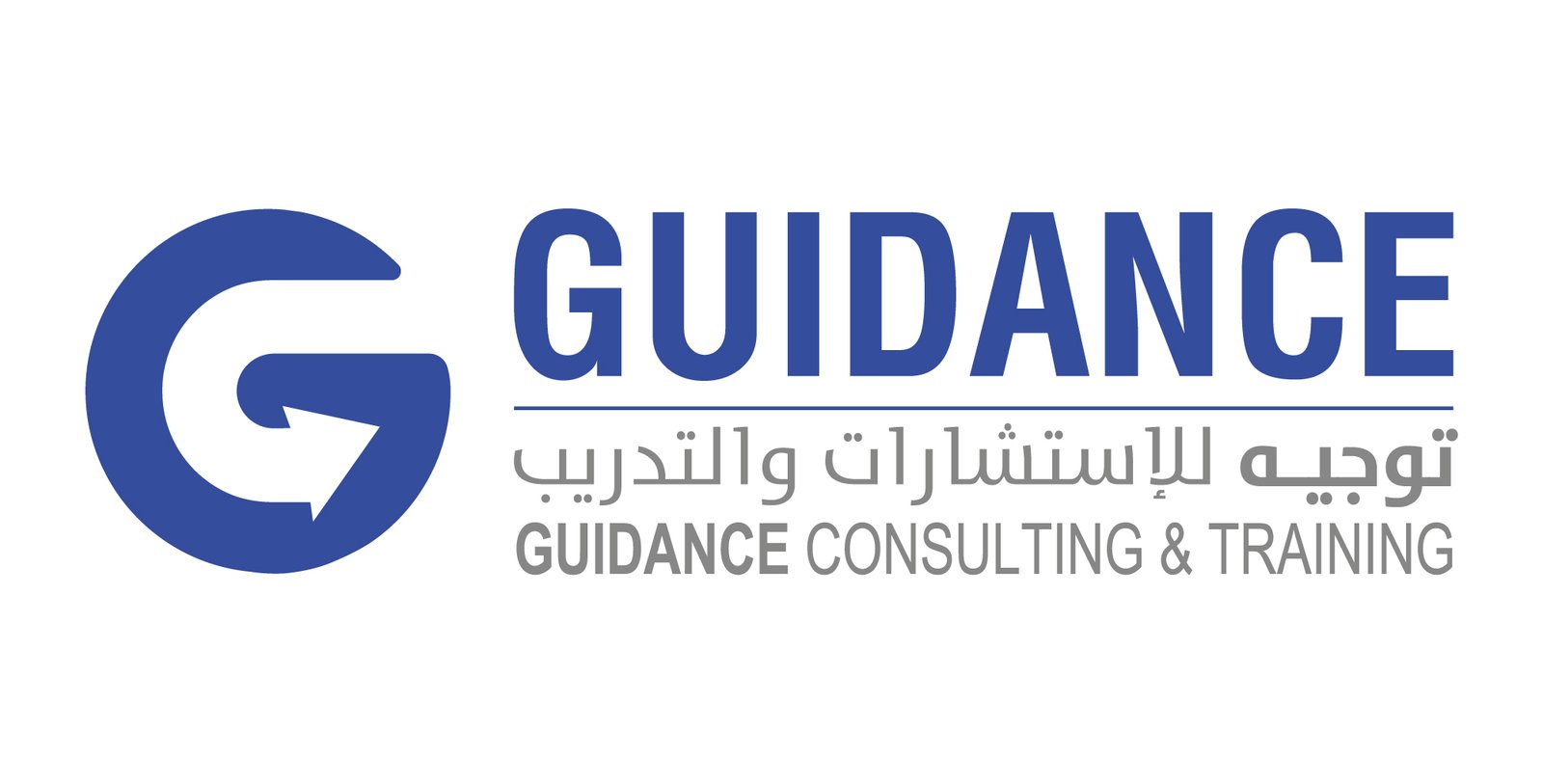Good Hygiene Practices GHP
The Good Hygiene Practices program (a cleaning, disinfection, and health requirements program in the field of food) applies the conditions that must be followed by people around the world and for various businesses, especially in the food, agricultural, supply, and food service industries. Whereas, good hygiene practices cover compliance with GHP minimum health and hygiene practices for food manufacturers, such as hotels and restaurants, to ensure that food is safe and suitable for human consumption. It is a required basis for implementing other food safety management initiatives, such as GMP, HACCP, and ISO 22000.
Good hygiene practices are divided into two parts.
1- Good hygiene practices: It is concerned with individuals concerned with dealing with the product from A to Z in terms of health and diseases transmitted through food and clothing. Etc.
2- Sanitation: This part is responsible for cleaning, washing, and disinfecting machines and tools used in industrial processes.
The topics covered by the Good Health Practices Program
- The concept of public health
- The concept of food hygiene
- Good Hygiene Practices (GHP)
- The concept of personal hygiene
- The Procedures of Personal Hygiene
- The procedures and rules of hand washing (where – when – why – how)
- The importance and specifications of uniforms and protective clothing
- Good health practices and habits within work areas
- The concept of cleanliness, disinfection, and sterilization and knowing the difference between them
- Understanding the difference between Sanitation and Hygiene
- The Concept of Food Safety
12. Identify the types of hazards that threaten food safety and ways to deal with them:
- Biological Hazards
- Chemical Hazards
- Physical Hazards
- Food Allergy Hazards
13. Factors for Bacterial Activity Growth
14. The difference between safe food, healthy food, and quality food and how to deal with them
15. Understanding cross-contamination
16. Understanding cross-contact
17. Procedures and rules for washing and cleaning vegetables and fruits
18. Procedures and rules for safe handling of meat, poultry, fish and their products
19. Identify the sources of food contamination and how to deal with them:
- Workers as a source of contamination
- Tools and equipment as a source of contamination
- Workplaces as a source of contamination
- Insects, rodents, and pests as a source of contamination
- Food raw materials as a source of contamination
- Water and its sources as a source of contamination
- Garbage and waste as a source of contamination
- The surrounding environment is a source of contamination
- Customers as a source of contamination
20. The Six Principles of Food Safety:
- Food Safety Starts with You.
- Professionals Prevent Contamination.
- Storage Smart.
- Tend to Time and Temperature.
- Wash Clean – Rinse Clean – Sanitize Safety
- Pay attention to warning signs. Watch Out for Warnings
21. Good Manufacturing Practices (GMP)
22. Requirements and rules to be observed when planning food service and production areas and establishments, including:
- Specifications and requirements for food-receiving areas
- Specifications and requirements for food storage areas (dry goods stores – cold stores – freezing stores – chemical stores – general stores – sub-stores)
- Specifications and requirements for preparation and preparation areas
- Specifications and requirements for cooking or production areas
- Specifications and requirements for food and beverage service areas
- Specifications and requirements for the preparation and preparation department “steward” Area
- Health specifications for selecting food-related devices and equipment
23. Sanitation Standard Operating Procedures SSOPs:
- General cleanliness of tools, equipment, fixtures, and places
- Surfaces that come into contact with food and surfaces that do not come into contact with food
- Initial cleaning
- Main cleaning or Basic
- Rinsing
- Disinfection (thermal – chemical)
- Sterilization (thermal – ultra-thermal UHT – optical – radiation – chemical)
- Drying
24. Safety and security procedures and rules when dealing with chemicals
25. Understanding and the importance of the MSDS form
26. Basic guidelines and requirements to be followed regarding visitors
27. Pest, insect, and rodent control procedures within food establishments
28. Important definitions, concepts, and terms related to hygiene, health, food safety, and quality systems
29. Health awareness of the Coronavirus epidemic and the Coronavirus disease Corona COVID-19 within food establishments
30. Getting to know the HACCP system
31. Getting to know the ISO 22000 system for food safety
Benefits of implementing the Good Health Practices program
- Gain the skills necessary to supervise and control food establishments
- Raising the level of food safety and quality in food establishments
- Reducing the incidence of transmitted diseases Food, water, and food poisoning in food establishments and strengthening preventive measures to prevent their occurrence
- Acquiring the skills necessary to implement international food safety and quality systems
- Controlling and controlling risks that threaten food and water safety
- Joining efforts between the Food Safety Foundation for Consulting and Training and between specialists and workers
- In the field of food and nutrition
- Identifying the most important problems that hinder food safety and health and finding scientific solutions to these problems
Guidance for Consulting and Training
We have the knowledge and experience to help institutions and individuals, comply with the requirements of the Saudi Standards and Quality Organization, the Saudi Food and Drug Authority, and other entities that impose legal and mandatory requirements in the Saudi market.
To qualify your facility, train its personnel, and complete the required documents to implement the Good Health Practices (GHP) system following the basic requirements in the Kingdom.


